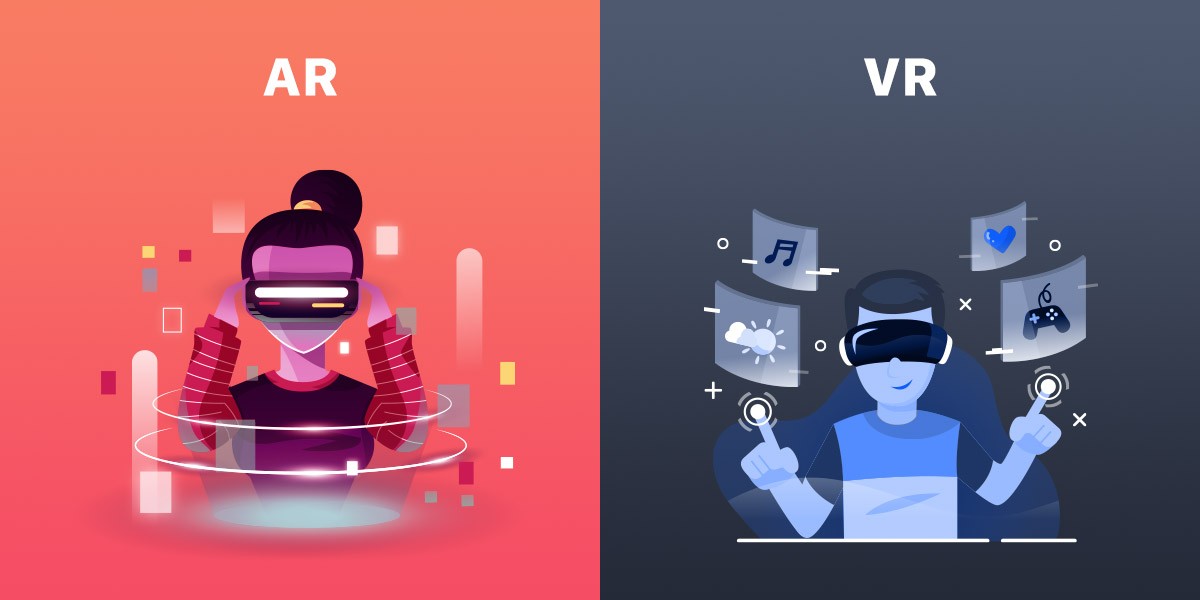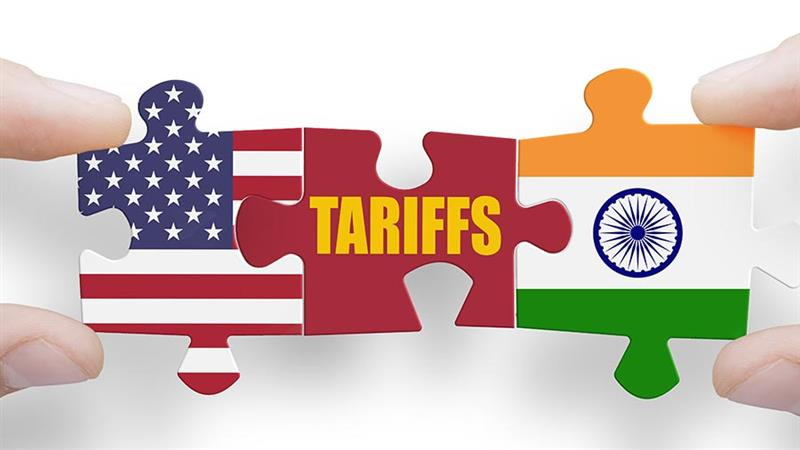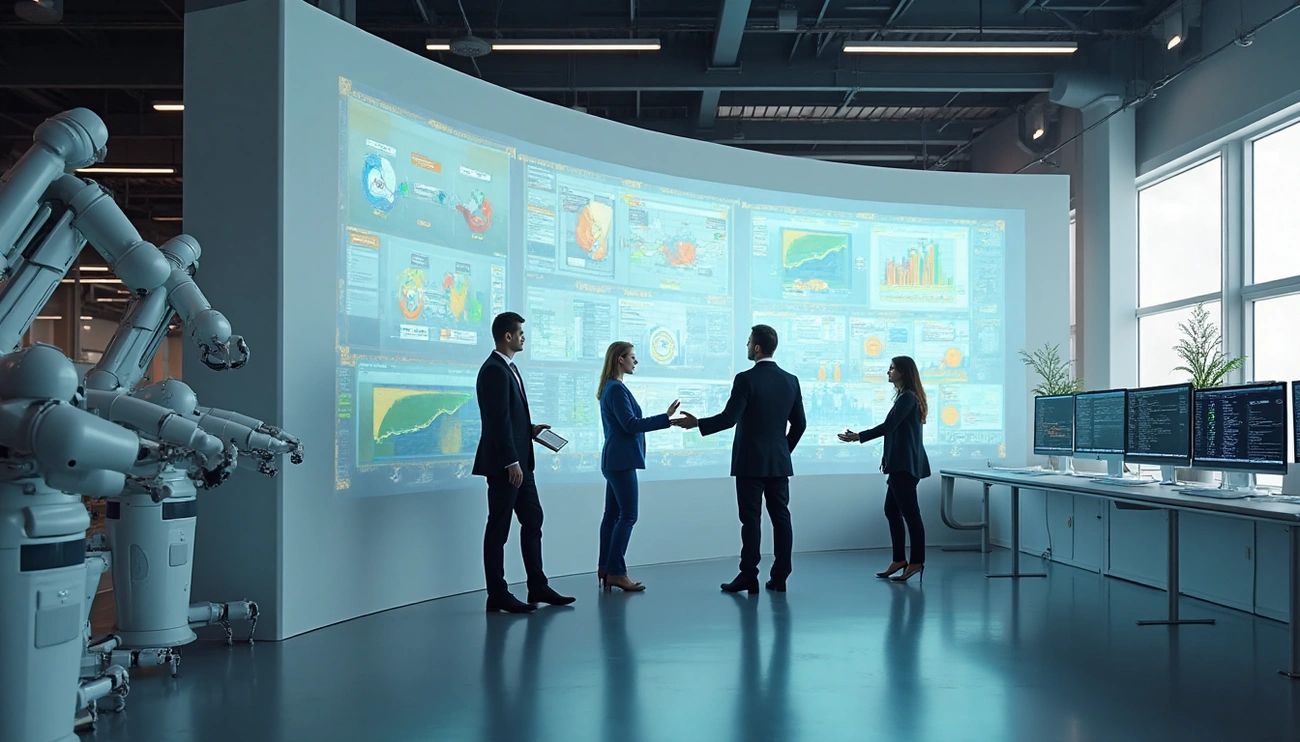AR/VR Marketing: Creating Immersive Brand Experiences

In the dynamic world of digital engagement, AR/VR marketing is reshaping how brands connect with customers. Instead of relying only on static visuals or traditional ads, companies are now turning to augmented reality (AR) and virtual reality (VR) to craft truly immersive experiences. Consequently, these technologies allow users not just to view products, but to experience them. As a result, AR/VR marketing has become one of the most influential tools for storytelling, customer engagement, and brand loyalty in 2025.
What Is AR/VR Marketing and Why It Matters?
At its core, AR/VR marketing merges physical and digital spaces to offer interactive, sensory-rich engagement. While AR overlays digital content onto real-world environments, VR transports users into fully virtual settings. Together, they allow consumers to step into a brand’s story — creating emotional connections that static campaigns can rarely achieve.
Moreover, immersive campaigns powered by AR/VR marketing lead to higher dwell times, better recall, and stronger purchase intent. Therefore, businesses across retail, education, healthcare, and real estate are increasingly investing in these experiences.
How Leading Brands Are Using AR/VR Marketing?
Below are several prominent examples of how businesses across industries are harnessing immersive technologies.
1. Retail & E-Commerce: Try Before You Buy
In the retail world, AR/VR marketing lets shoppers visualize products in real life before purchasing.
- IKEA Place, for instance, enables users to virtually place furniture in their rooms, making sure it fits perfectly. (ikea.com)
- L’Oréal’s ModiFace uses AR filters to allow virtual makeup trials.
- Nike Fit leverages camera scanning to recommend ideal shoe sizes.
By reducing uncertainty and returns, these AR/VR marketing campaigns significantly enhance buyer confidence.
2. Real Estate: Virtual Property Showcases
Real estate companies have adopted AR/VR marketing to transform how properties are presented.
Potential buyers can take 360° virtual tours, explore interiors, and even customize finishes — all without traveling to the site.
Sotheby’s International Realty, for example, offers both VR walkthroughs and an AR app called Curate that visualizes interiors inside a client’s own space. (anywhere.re)
Thus, AR/VR marketing makes real estate transactions faster, more transparent, and more engaging.
3. Automotive: Immersive Showrooms and Virtual Test Drives
The automotive industry is another pioneer in AR/VR marketing. Brands such as Audi, BMW, and Volvo now allow users to experience virtual test drives, explore car interiors, and configure models in real time.
As a result, customers get the feel of their dream car without visiting a showroom — while brands collect valuable data on preferences and engagement levels. Consequently, AR/VR marketing helps automotive firms reduce prototype costs and enhance personalization.
4. Education & Healthcare: Learning and Healing Through Immersion
In education, AR/VR marketing is being used not only to promote institutions but also to enhance learning outcomes. Students can explore virtual environments, perform science experiments safely, and visualize abstract concepts.
Similarly, in healthcare, VR therapy helps patients manage anxiety, chronic pain, or PTSD. Hospitals use AR overlays to train surgeons and guide real-time procedures.
Hence, AR/VR marketing extends beyond promotion—it contributes directly to knowledge and well-being.
5. Events & Entertainment: Blending Physical and Digital Worlds
Entertainment companies and event organizers are using AR/VR marketing to build hybrid experiences that engage audiences both on-site and online.
For example, music festivals integrate AR filters for interactive art, and museums like the Louvre offer AR-guided exploration.
Even film studios create VR trailers that let viewers step into a movie scene before release.
Therefore, AR/VR marketing makes entertainment more inclusive, engaging, and globally accessible.
Technology Powering AR/VR Marketing
To create seamless immersive campaigns, brands rely on a powerful mix of tools and infrastructure:
- AR SDKs: Apple’s ARKit and Google’s ARCore for spatial mapping.
- VR Engines: Unity and Unreal Engine for interactive 3D environments.
- 3D Design Tools: Blender, Adobe Aero, and Sketchfab for model creation.
- Cloud Rendering: For low-latency performance and accessibility.
- 5G Connectivity: To deliver high-quality, real-time immersive content.
As these technologies evolve, AR/VR marketing becomes increasingly affordable and scalable for businesses of all sizes.
Challenges in Implementing AR/VR Marketing
Despite its potential, AR/VR marketing presents some hurdles:
- High Development Costs: Quality 3D assets and interactions demand specialized skills.
- Device Compatibility Issues: Ensuring smooth performance across smartphones and headsets remains complex.
- User Fatigue: Poorly designed VR can cause disorientation.
- Privacy Concerns: Data collection within immersive spaces must be handled transparently.
However, with careful planning and expert collaboration, these challenges can be minimized.
The Future of AR/VR Marketing
Looking ahead, AR/VR marketing will evolve alongside AI, spatial computing, and wearable technology.
- AI Personalization: Environments will adjust dynamically to user preferences.
- Mixed Reality (MR): Devices like Apple Vision Pro will merge real and virtual experiences seamlessly.
- Social Immersion: People will co-experience virtual events with friends or influencers.
- Immersive Commerce: Shoppers will buy directly inside virtual spaces.
Ultimately, AR/VR marketing will transition from being a novelty to an essential part of every brand’s digital ecosystem.
How Businesses Can Start (and Scale) Their Immersive Journey
Below is a roadmap to help you experiment with AR/VR:
- Begin with a Minimum Viable Experience (MVE)
Choose a single use-case (e.g. AR product preview) that solves a real pain point. Test it with users, refine, and iterate. - Make Value Your North Star
If immersion doesn’t clarify, convert, or assist, skip it — don’t do it just for show. - Collect & Analyze Behavior Data
Measure dwell time, interaction patterns, and heatmaps. Use these insights to refine experiences and justify ROI. - Partner with Specialists
If your team lacks immersive expertise, collaborate with AR/VR studios or technology vendors to accelerate. - Optimize for Cross-Platform & Accessibility
Support as many devices and browsers as possible. Also provide non-immersive fallbacks for accessibility. - Keep Users Informed & Comfortable
Guide users into experiences (onboarding), provide exit options, minimize disorientation, and reuse familiar UX patterns. - Iterate, Expand, Evolve
As you gain confidence and data, scale from simple AR to larger MR / VR implementations. Expand into co-presence, spatial computing, or commerce layers.
Key Takeaways & Next Steps
To summarize:
- Immersive technologies empower brands to transform passive consumption into active participation.
- Leading brands like IKEA and Sotheby’s demonstrate how AR/VR can drive confidence, allow remote exploration, and expand reach.
- While challenges exist — cost, fragmentation, privacy — sound strategy, user focus, and measurement frameworks can mitigate them.
- The future holds more realism, AI personalization, spatial computing, and immersive commerce.
- For businesses: start small, measure, iterate, and gradually scale.
Next step for you: identify a single pain point in your customer journey (for instance, product preview or space visualization) and pilot a lightweight AR experience. Use insights from that to build a richer immersive roadmap.
FAQs on AR/VR Marketing
1.What do AR and VR mean in marketing?
Augmented Reality (AR) adds digital layers to the real world, while Virtual Reality (VR) creates an entirely virtual environment. In marketing, both technologies are used to deliver interactive, lifelike experiences that help customers connect more deeply with a brand.
2.How can immersive technology improve customer engagement?
Immersive experiences allow users to explore products or services in an interactive way. When customers can visualize or experience something firsthand, they develop stronger emotional connections, which in turn improves trust and conversion rates.
3.Which industries are using AR and VR effectively?
Sectors such as retail, real estate, healthcare, education, and automotive are at the forefront of adoption. From virtual property tours and AR try-ons to training simulations and immersive product demos, these industries use the technology to enhance customer journeys.
4.Is implementing AR or VR campaigns costly?
Not necessarily. Costs depend on the project’s complexity and scope. Simple AR filters or 3D product previews can be developed affordably, while high-end VR environments require more advanced tools and expertise. As technology evolves, costs continue to decline.
5.How can small businesses get started with immersive marketing?
Smaller brands can start with lightweight solutions such as mobile AR demos or interactive 3D models on their websites. Partnering with a reliable tech firm like Hepmade Solutions ensures the experience aligns with brand goals and provides a solid entry point into immersive engagement.
6.What’s next for immersive brand experiences?
The next wave will blend AI with mixed reality, creating experiences that adapt to users in real time. With the rise of devices like Apple Vision Pro and Meta Quest 3, immersive storytelling will become a mainstream part of digital marketing strategies.
👉 Let’s Build Your AR/VR Marketing Journey Today.
📩 Contact Us | 🌐 www.hepmade.com
#ARVRMarketing #ImmersiveExperience #BrandEngagement #DigitalTransformation #CustomerExperience #AugmentedReality #VirtualReality

Don't miss Our Update. Subscribe us for more info.
Request Quote
What type of solution you are seeking?
Please Select One
Your estimated budget
Please Select One
 Hepmade
Hepmade 
 Automation
Automation 


